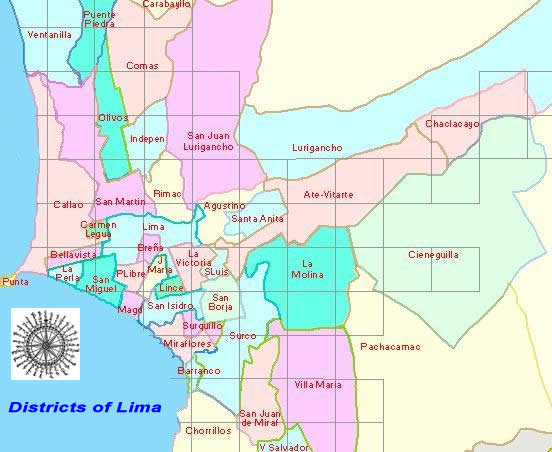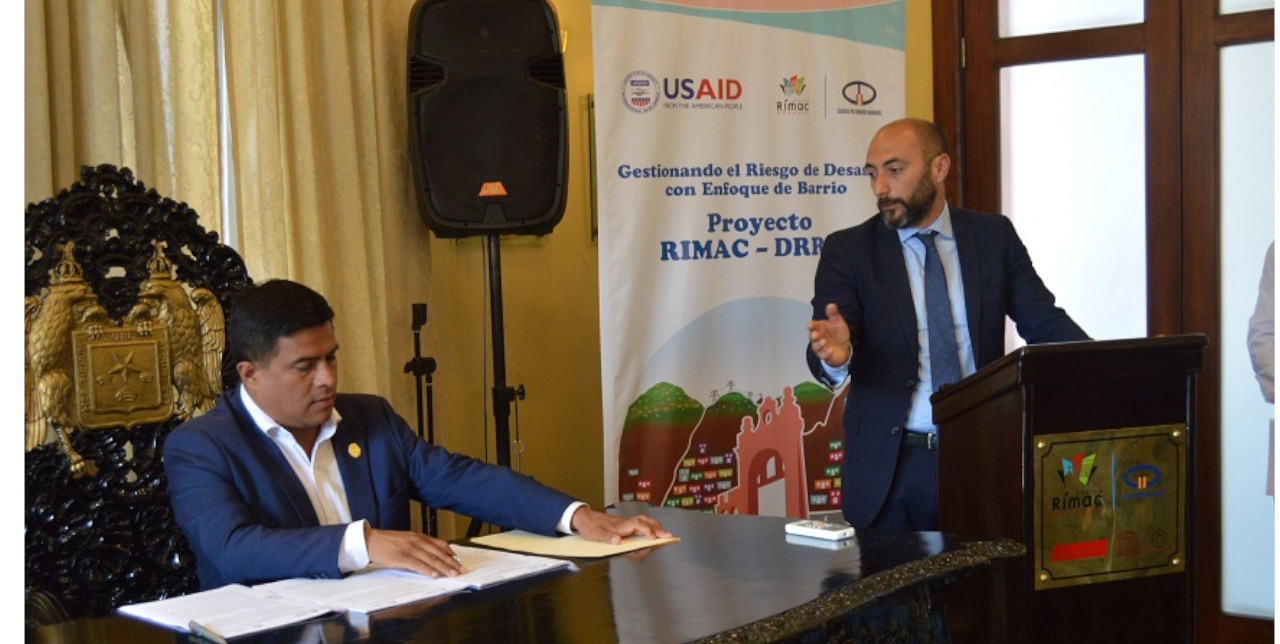29-04-2019 | di COOPI
Peru: Yago, the latest information technology to reduce seismic damage
The District of Rimac is a peculiar territory, situated in the centre of Lima. Even though, it gained Unesco World Heritage status in 2015, it is now threatened by uncontrolled urban sprawl, earthquakes, floods and extreme poverty.

To strengthen the resilience of the district, we have focused on reassessing the resources and potential of the urban context by adopting an "enfoque de barrio programme", aiming to improve the know-how of municipal civil protection officials and enhance the municipal geographic information system.
And Yago is helping us meeting this goal.
This cartographic viewer analyzes and catalogues spatial information, while combining socio-cultural, ecological and environmental factors.
As Juan Carlos Merino, Head of the civil protection of the district of Rimac, points out, "the cartographic viewer helps the officials of the municipality of Rimac to collect and read sensitive data to analyze our district, leading us to start taking decisions and carry out large-scale activities, involving disaster risk management and reduction".
To tackle extreme poverty, we need to acknowledge people’s needs and take them into account while planning urban development strategies. For this reason, thanks to the U.S. Agency for International Development, USAID/OFDA funds and in consortium with CARE Peru, we are implementing this data collection programme, so that the concept of risk management is directly linked to urban planning, thus becoming a strategic point of reference for socio-economic development too.
During our "Reinforcing Innovative Mechanisms for Arising Capacities in Disaster Risk Reduction in Rimac (Perù) II" project, we are developing protocols, to improve authorities’ qualification, planning simulations with the local population, to test the correct execution of the emergency protocol and installing domestic wastewater treatment plants. As Daniele Ingratoci, COOPI Coordinator in Peru, states, "these complementary activities aim to rehabilitate the territory and to establish effective coordination between institutional and local actors for a long-term sustainability".
Disaster risk reduction is one of COOPI main area of intervention in Latin America and in the Caribbean, especially in Peru, which is vulnerable to recurring or high-impact emergencies.
Here, COOPI is intervening in the capital, Lima, a city inhabited by more than 11 million people, with a special focus on the district of Rimac, where its 170,000 inhabitants are daily exposed to fires - due to the construction materials of old colonial houses - and other natural disasters, such as landslides, floods and earthquakes.




 Peru
Peru